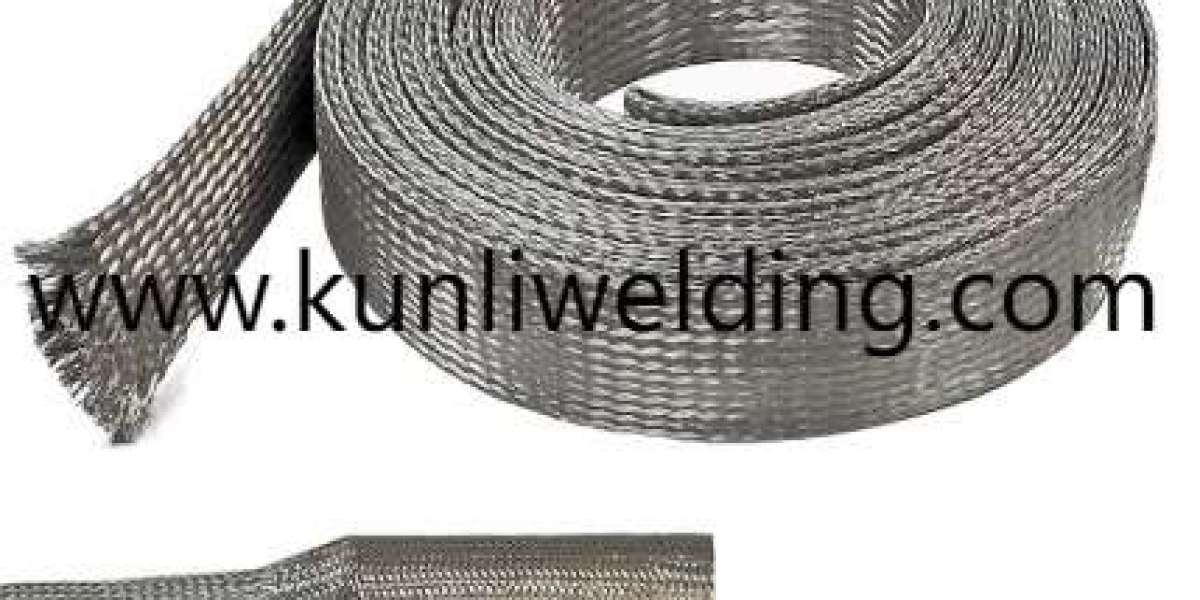Fabricators tackling electric vehicle chassis and renewable energy hardware often rely on guidance from Aluminum Mig Wire Manufacturers to overcome welding hurdles. As climate resilience and zero emission transit networks gain momentum, understanding root causes of arc instability and bead defects becomes crucial. By refining setup steps and material handling practices, shops can reduce rework and align with evolving industry standards for lightweight assembly.
Contaminated Surfaces and Oxide Films
Aluminum forms a tenacious oxide layer that resists fusion. Left untreated, joints show lack of fusion or stippled weld beads. To address this, clean surfaces using a dedicated solvent designed for nonferrous metals, then brush with an aluminum-only wire brush. Ensure the joint area remains free of oils and debris throughout welding cycles. This attention to preparation supports consistent arc starts and improves mechanical bond quality in assembly lines for battery modules and solar tracker frames.
Wire Feed Issues and Burn Back
Erratic feeding creates birdnesting in liners or burn back at the contact tip, interrupting production flow. Select a smooth-bore liner sized to your wire diameter and install hardened drive rolls matched to that gauge. Set tension so the wire advances smoothly without slipping. Regularly inspect liner straightness and replace worn consumables. These measures help maintain uninterrupted bead deposition, a priority for high volume runs in commercial e mobility fabrication.
Porosity from Shield Gas Disruption
Pinholes in the weld deposit often result from inconsistent shielding coverage. Use high purity inert gas and verify your flow meter calibration before each shift. In semi-outdoor environments, consider a small helium admixture to boost arc energy and reduce draft effects. Store wire spools in sealed containers with desiccants to prevent moisture absorption. Such precautions mirror best practices in aerospace and marine component welding where gas integrity is nonnegotiable.
Insufficient Penetration and Lack of Fusion
Shallow weld penetration weakens joints subjected to cyclic loads. Balance travel speed and voltage to increase heat input without causing excessive distortion. For thicker sections, use pulse MIG mode if available to concentrate energy at the fusion zone. Check root gap and joint fit-up to ensure uniform arc access. These techniques enable fabricators to meet tight tolerances in railway connector fabrication and offshore platform brackets.
Excessive Spatter and Cleanup Demands
Spatter complicates finish processes and can trap contaminants in the bead. Adjust push angle and minimize tip-to-work distance to maintain a stable, narrow arc. Slightly reducing wire feed speed while raising voltage can deliver a smoother spray transfer, cutting droplet size and spatter volume. This approach supports rapid throughput in consumer electronics frame welding and reduces downstream machining effort.
Preventing Burn Through on Thin Gauges
Overheating thin panels creates holes and scrap. Employ trailing shields or backing bars to support the molten pool and dissipate heat. Monitor heat input by adjusting travel speed and keeping amperage within a controlled range. These steps preserve sheet integrity for lightweight structural panels in drone frames and mobile charging station components.
Choosing the right filler wire also plays a role. ER5183 aluminum welding wire combines corrosion resistance and strength, enabling smooth arc performance when paired with proper techniques. Fabricators upgrading processes for hydrogen fuel cell assemblies or next generation transit vehicles often turn to this alloy for its reliable fusion attributes and reduced cracking tendency.
For detailed product specifications and expert advice on solving these welding challenges, visit www.kunliwelding.com. There you will find technical guides, parameter recommendations, and contact channels to discuss custom welding solutions. Partner with a supplier that understands both material science and practical field troubleshooting to streamline your operations and advance your fabrication goals.














